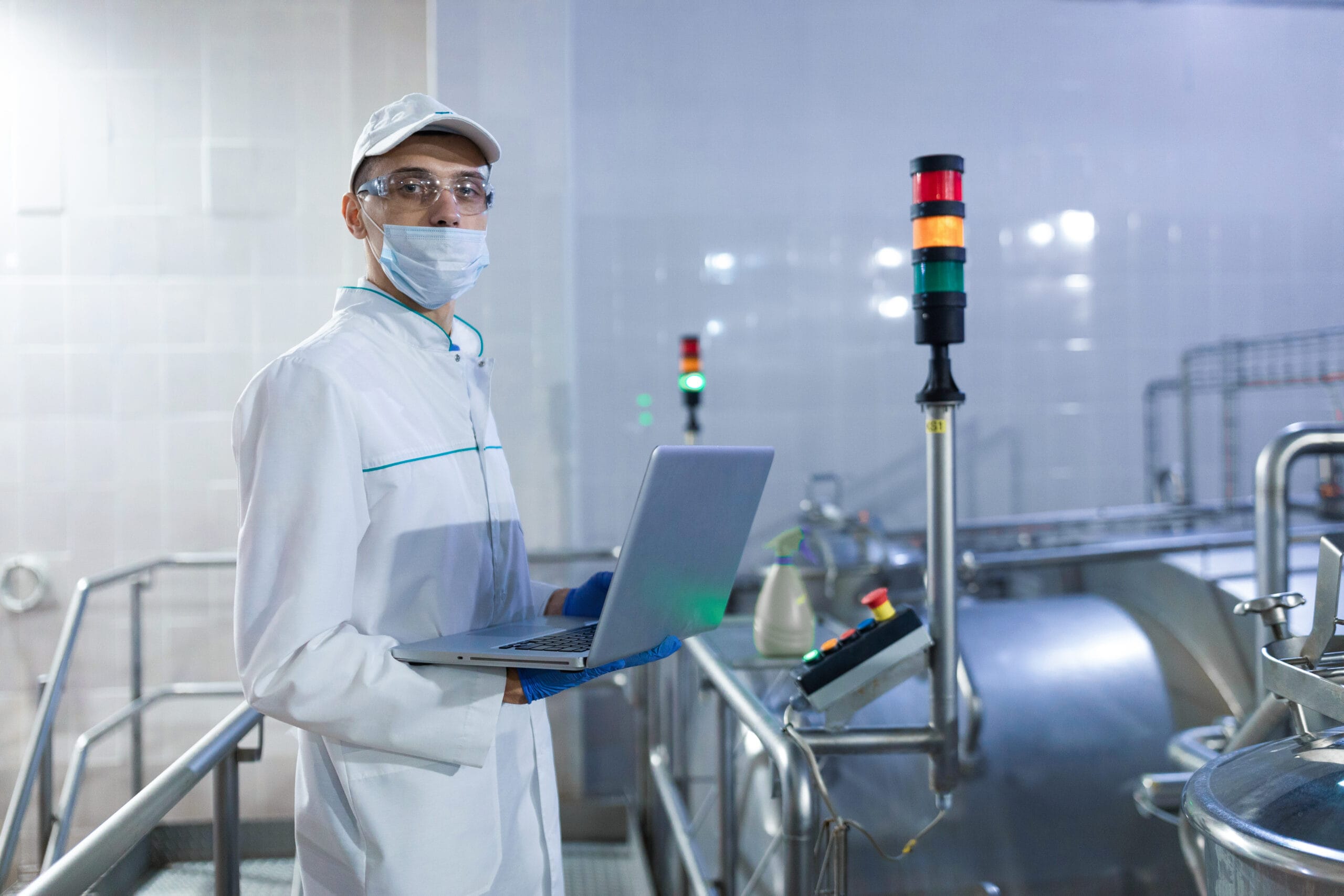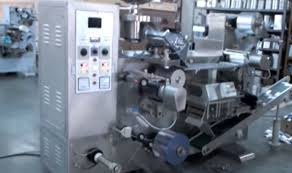The Importance of Differential Pressure in the Pharmaceutical Industry 2025

Getting your Trinity Audio player ready...
|
The Importance of Differential Pressure in the Pharmaceutical Industry
Pressure :In the pharmaceutical industry, ensuring the safety and purity of drug products is paramount. One critical element in achieving this goal is maintaining proper differential pressure within various manufacturing areas. Differential pressure helps to control contamination risks and prevents cross-contamination, which could compromise the quality of pharmaceutical products. This article explores the role of differential pressure in pharmaceutical manufacturing, its significance in different areas of production, and the systems in place to monitor and maintain it effectively.
What is Differential Pressure?
Differential pressure refers to the difference in air pressure between two areas—one typically being the manufacturing or processing area and the other being the surrounding environment, such as a corridor or external space. This pressure difference is typically measured using a Magnehelic gauge, which is a device designed to measure the pressure difference between two points. These gauges are equipped with two inlets to monitor the pressures of both areas being compared.
The pressure is usually expressed in Pascals (Pa) or inches of water column (inWC). For example, if a pharmaceutical processing room has a negative differential pressure relative to the corridor, it ensures that any potential contaminants in the corridor do not enter the clean processing area.
Why is Differential Pressure Crucial in Pharmaceuticals?
The importance of differential pressure in the pharmaceutical industry cannot be overstated. Maintaining the correct pressure differential helps to prevent the entry of contaminants, dust, and other harmful particles into the production areas. Contamination during the manufacturing process can lead to significant issues such as product recalls, compromised drug safety, and non-compliance with regulatory standards.
Key Benefits of Maintaining Differential Pressure:
- Prevention of Contamination and Cross-Contamination: Maintaining proper pressure differentials ensures that contaminated air or particles from less clean areas do not enter more controlled, sensitive zones, such as sterile processing areas.
- Airflow Control: Correct differential pressure management helps control airflow within facilities, directing it from cleaner areas to less clean areas, thus avoiding contamination of the clean zones.
- Regulatory Compliance: Industry standards, such as those from the World Health Organization (WHO), mandate the maintenance of differential pressure to ensure safety in pharmaceutical environments.
WHO Guidelines on Differential Pressure
The World Health Organization (WHO) provides specific guidelines regarding airflow and differential pressure within pharmaceutical manufacturing settings. According to WHO’s Annex 8, airflow should always move from a clean area (such as a sterile room) to a less clean area (such as a corridor). This ensures that air from less controlled zones does not enter controlled environments, where the risk of contamination is higher.
For example, in the case of manufacturing oral solid dosage (OSD) forms, it is crucial that the processing areas maintain a negative pressure relative to the surrounding areas like the corridor. This keeps the airflow directed from the corridor into the process area, preventing contaminants from the corridor from entering the manufacturing space.
The Role of Airlocks in Maintaining Differential Pressure
Airlocks are critical components in the pharmaceutical manufacturing environment. They act as buffer zones between two areas with different pressure levels, preventing the direct flow of air from one space to another. In the context of differential pressure, the airlock helps maintain the integrity of the pressure differential between adjacent areas.
Key Functions of Airlocks:
- Minimizing Contamination: Airlocks ensure that when materials or personnel move between areas of different pressures, the transition does not result in contamination.
- Pressure Control: Positive pressure is typically maintained in corridors and other less controlled areas, while negative pressure is maintained in the manufacturing or process areas. This helps to prevent contaminated air from entering the sensitive zones.
Pressure Management in Different Areas
The management of differential pressure varies depending on the function and cleanliness requirements of the area. Let’s examine how differential pressure is controlled in both non-sterile and sterile areas.
Non-Sterile Areas (e.g., General Production Rooms)
In non-sterile areas, such as general manufacturing spaces for non-sterile drugs, maintaining negative pressure in the process room is essential. This ensures that air from the corridor (which is typically under positive pressure) flows into the process room, preventing the potential entry of contaminants or dust particles from the surrounding environment.
By keeping the process area at a slightly lower pressure, the airflow is directed from clean zones into the manufacturing area, creating a protective barrier against contamination from less clean spaces.
Common Products Produced in Negative Pressure Areas:
- Oral solid dosage forms (tablets, capsules)
- Steroid products
- Chemotherapy drugs
Sterile Areas (e.g., Aseptic Filling Rooms)
Sterile areas, such as those used for injection filling or sterile drug formulation, require positive pressure. This pressure management strategy ensures that no contaminants from the surrounding corridor or other less controlled spaces can infiltrate the sterile environment.
In sterile manufacturing zones, maintaining a positive pressure ensures that clean, filtered air constantly flows out of the sterile room, preventing microbial contamination and ensuring a higher level of product safety.
Maintaining Differential Pressure: Best Practices
1. Regular Monitoring and Calibration:
To ensure consistent and accurate measurements, differential pressure must be regularly monitored using devices like the Magnehelic gauge. This monitoring should be performed at prescribed intervals, typically every two hours ±15 minutes for areas directly involved in product manufacturing and every four hours ±15 minutes for areas indirectly involved.
Additionally, the calibration of pressure gauges must be checked at regular intervals to ensure they are functioning correctly and providing accurate readings.
2. HVAC Systems and Recovery Tests:
The Heating, Ventilation, and Air Conditioning (HVAC) system plays a crucial role in maintaining the required differential pressure. Regular recovery tests are necessary to evaluate the HVAC system’s efficiency in maintaining consistent pressure differentials across various rooms. These tests verify that the system can return the area to its specified pressure after an event that might cause a pressure deviation.
3. Building Integrity:
The construction of pharmaceutical facilities must ensure airtight integrity. This includes ensuring that doors are sealed properly, and that windows and other openings do not cause pressure leakage. Even small gaps between doors and floors can cause a significant loss of pressure, compromising the controlled environment. To mitigate this, pressure alarms should be installed, alerting workers when there is a loss of pressure.
4. Airflow Control in the Corridor:
In areas where positive pressure is maintained, such as corridors, it is essential that the airflow is carefully controlled to ensure that clean air does not enter the manufacturing or processing areas. Conversely, for areas requiring negative pressure, the air should flow from the corridor into the controlled space.
Conclusion
In summary, maintaining proper differential pressure in pharmaceutical manufacturing environments is vital for ensuring product safety and quality. Differential pressure helps prevent contamination, cross-contamination, and microbial growth, all of which could compromise the integrity of pharmaceutical products. Adhering to guidelines such as those from the WHO, and employing practices like regular pressure monitoring, HVAC system checks, and airtight construction, ensures that pharmaceutical facilities operate within safe and controlled environments. Ultimately, differential pressure is a fundamental component of the quality assurance system in pharmaceutical manufacturing.
FAQs
- What is the differential pressure limit in pharmaceutical manufacturing?
A: The typical differential pressure limit in pharmaceutical manufacturing is between 10 to 15 Pascals.
- What unit is differential pressure measured in?
A: Differential pressure is typically measured in Pascals (Pa) or inches of water column (inWC).
- What is “Hg” in a pressure unit?
A: “Hg” refers to Mercury, which is often used in pressure measurements such as inches of mercury (inHg) or millimeters of mercury (mmHg).
- What type of pressure is maintained in the corridor area in non-sterile environments?
A: Positive pressure is maintained in non-sterile areas to prevent contaminants from entering the clean zones.
- What type of pressure is maintained in the corridor area in sterile environments?
A: Negative pressure is maintained in sterile areas to protect against microbial contamination.
This detailed discussion underscores the critical role differential pressure plays in ensuring the safety and quality of pharmaceutical products, as well as the systems and practices that facilitate its maintenance. By following established guidelines and best practices, pharmaceutical manufacturers can prevent contamination risks and safeguard public health.



Recent Comments